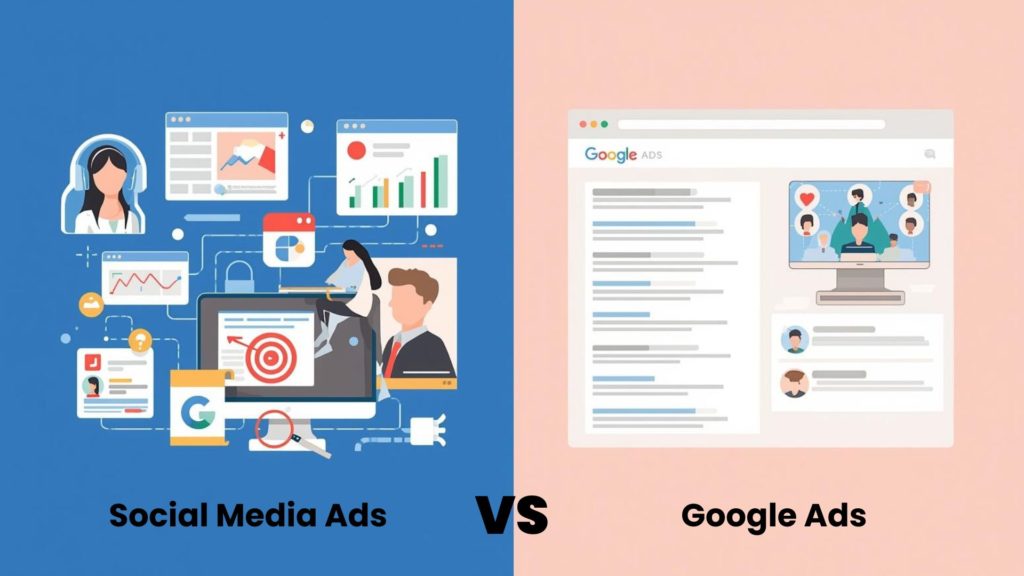Arabic Content Tips to Boost SEO in the UAE
Arabic Content Tips to Boost SEO in the UAE Creating Arabic content is no longer optional for businesses targeting the UAE; it’s become essential. With Arabic being the primary language of a significant portion of the population, producing high-quality, culturally relevant content can dramatically improve your visibility and customer engagement. By combining local relevance with SEO best practices, you ensure your content reaches the right audience, ranks well on Google, and generates meaningful interactions. 1. Keyword Research and Localization Effective SEO begins with understanding your audience’s search habits in Arabic. Businesses targeting the UAE must consider both Modern Standard Arabic (MSA) and regional dialects, including Emirati Arabic, to capture the diverse search intent of their audience. Keyword Research Tools: Google Keyword Planner: Identify trending Arabic search terms. SEMrush & Ahrefs: Analyze competition, search volume, and long-tail opportunities. Best Practices for Keyword Integration: Naturally include keywords in titles, meta descriptions, headings, and body text. Use long-tail keywords such as خدمات صيانة المنازل في دبي or أفضل المطاعم الإماراتية في أبوظبي to target specific user queries. Consider voice search optimization, as many UAE users search using spoken phrases like أين أجد أفضل كافيه في دبي؟. By localizing your keywords, your content resonates more strongly with your audience and increases your chances of appearing on the first page of Google. 2. Content Quality and Cultural Relevance High-quality content is the foundation of a successful SEO strategy. Arabic content should be: Informative and engaging: Provide real value to the reader with actionable tips or insights. Culturally relevant: Reflect local values, traditions, and interests. Highlight UAE-specific events, such as Ramadan promotions, National Day celebrations, or shopping festivals. Tone: Use a formal yet relatable voice, ensuring accessibility while maintaining professionalism. Local flavor: Incorporate dialects and colloquialisms to make content feel authentic, e.g., using words like حياكم الله or أهلاً وسهلاً in contextually appropriate places. Examples of engaging Arabic content for the UAE: أفضل الوجهات السياحية للعائلات في دبي نصائح لتجهيز المنزل خلال شهر رمضان كيف تختار مطاعم تقدم أطعمة تقليدية إماراتية High-quality content demonstrates your authority to search engines and strengthens the trust of your audience, thereby increasing time spent on the page and engagement. 3. On-Page and Technical SEO Search engine optimization (SEO) is not limited to keywords. Optimizing technical and on-page elements of your website is essential for Arabic content. Mobile Optimization: Most users in the UAE access the web via smartphones. Ensure responsive design and fast-loading pages. Arabic Fonts & Rendering: Use fonts like Tahoma, Arial, or Noto Naskh Arabic to ensure readability across devices. Page Structure: Implement clear titles, headings, and meta descriptions that include your target Arabic keywords. Use hreflang tags for multilingual websites to prevent duplicate content issues. Performance Optimization: Maintain fast loading speeds through optimized images and clean code. Use schema markup to help Google better understand your content. By addressing these technical factors, your website not only ranks higher but also offers a seamless experience to your UAE audience. 4. Engagement and Backlinks Developing credibility and visibility requires active engagement and strategic backlinks. Backlink Strategies: Collaborate with local influencers, bloggers, and media outlets to generate high-quality backlinks. Partner with UAE-based websites in tourism, food, and lifestyle niches to increase authority. Social Media and Community Engagement: Share content on Arabic social platforms like Instagram, Facebook, and TikTok. Participate in local forums or community pages, responding to queries and sharing insights. Content Updates: Regularly refresh your website with new, relevant content to maintain SEO performance and show activity to search engines. Conclusion Boosting Arabic SEO in the UAE requires a combination of culturally relevant content, strategic keyword use, technical optimization, and active engagement. By adopting these practices, businesses can increase their visibility, build trust, and establish effective connections with the local audience. Partner with Panamedia for Arabic SEO Success! Partner with Panamedia, our expert SEO company in Dubai, to create culturally relevant, high-quality Arabic content that ranks higher, engages the right audience, and drives real results across the UAE.
Arabic Content Tips to Boost SEO in the UAE Read More »











